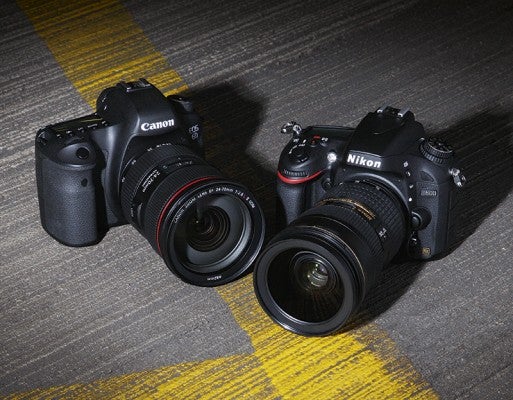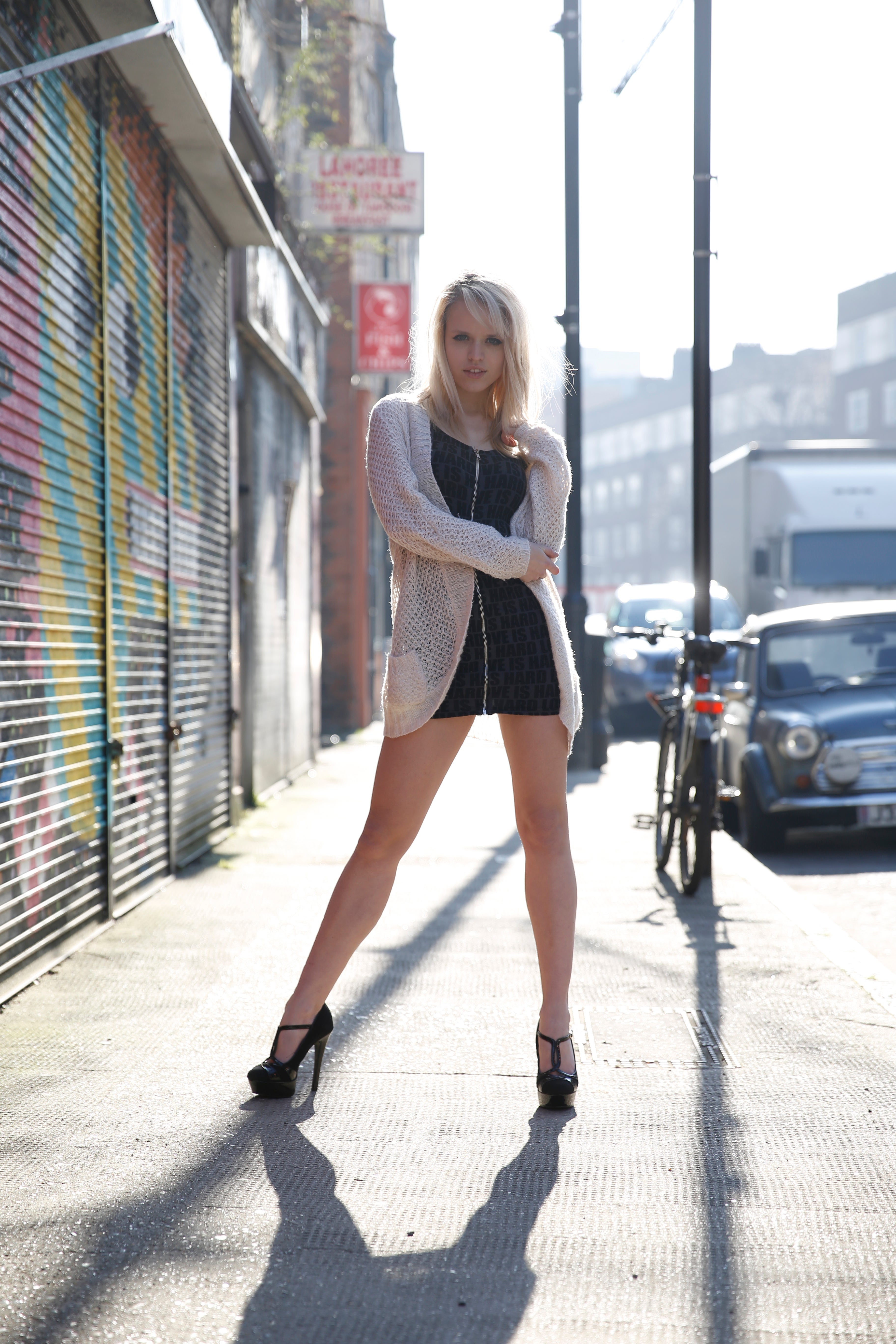Canon EOS 6D vs. Nikon D600 ? Image Quality
Resolution
With both models sharing similar high pixel counts and full frame sensors, the 20.2MP 6D and 24.3MP D600 both deliver an impressive amount of detail.
Using our resolution test chart and Sigma’s excellent 105mm f/2.8 Macro lens on each camera, the D600 delivers slightly more detail at ISO 100, only failing to reproduce the lines separately on our chart down to a measurement of 32 compared to a still very impressive 30 from the 6D. In real-world conditions, you’d be hard-pushed to notice the difference between the two, with images needing to be studied at 100% to see any real noticeable difference.
Above the base ISO, the D600 has the edge until ISO 3200, where they become almost impossible to split, although the 6D does have the benefit of an extra two stops in sensitivity.
Image Noise
Looking at the Raw files and, as you’d expect, image noise is very well controlled by both the 6D and D600 at ISO 100, with lovely smooth and detailed results, leaving nothing to choose between the two. Increasing the sensitivity still sees some very impressive results, with only minimal luminance and colour noise patterns beginning to make themselves known at ISO 3200. Out of the two cameras, it’s at this sensitivity that image noise is a little more pronounced in results from the 6D, but you’ve got to look closely, and results are still very good.
Increasing the ISO sensitivity by a stop to 6400 sees more luminance and colour noise become apparent in both sets of results/ However, results are still more than usable, especially if you’re prepared to process the images in Adobe Camera Raw where you’ll find that you can reduce both luminance and colour noise.
At ISO 25,600, image noise is an obvious issue, with the 6D displaying more luminance noise than the D600.
Raw and JPEG
Looking at the files from the 6D, the first thing you notice is the level of sharpening that’s been applied to the JPEG file over the Raw, becoming more pronounced as the sensitivity increases – it’s too much for our liking, with the image looking oversharpened.
At higher ISOs some in-camera noise reduction has also been applied, resulting in a slight smudging effect on the image, while colours have a bit more punch.
The D600 doesn’t apply quite the same level of sharpening to its JPEGs, delivering a more pleasing result, while saturation and contrast has also been boosted over its Raw equivalent. As expected, in-camera noise reduction has been applied to the JPEG file, resulting in a smoother, but not quite as detailed file as the Raw image.
White Balance & Colour
Using both the Datacolor Spyder Checkr and real-world testing allowed us to get a good hold on how both cameras handle colour. Auto White Balance on both DSLRs was well judged in most conditions, with the D600 delivering slightly warmer results in some scenarios, though not to the point where it’s undesirable. Both models also offer a host of presets.
Both delivered faithful results through the ISO range, with only the highest sensitivities for both the 6D and D600 showing minor signs of the saturation decreasing ever so slightly.






